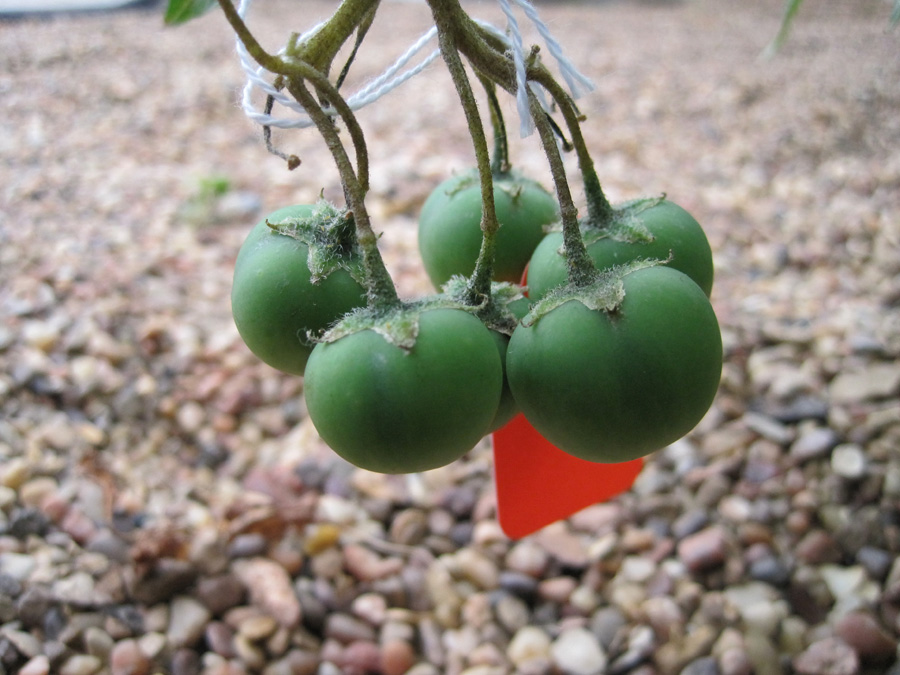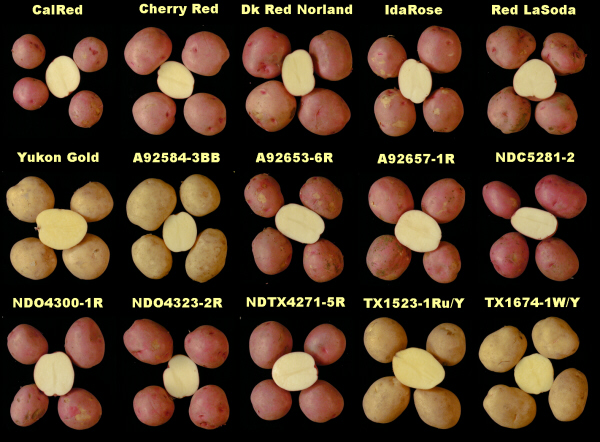About the Program
Goal
Develop improved (high yield, high quality, biotic and abiotic resistances, healthier, more nutritious) varieties, adapted to the diverse environmental conditions of Texas (broad nationwide adaptability desired), that will result in environmental benefits, increased profits for the industry, and superior products for consumers.
Objectives
- Develop russet, red, white, chip, and specialty potato cultivars (main emphasis: Fresh market russets and chippers) for both the fresh and processing markets incorporating disease resistance (focus on PVY – Ryadg, Rysto, and Rychc– LB, and nematodes)
- Evaluate advanced selections under diverse environments (broad adaptability considered) for agronomic, quality, and postharvest traits critical to the potato industry (focus on high yield, starch, antioxidants, minerals, long dormancy, and cold sweetening resistance).
- Assess climate resilience of cultivars and advanced selections (focus on heat stress tolerance).
- Understand the genetic basis of relevant traits.
- Implement genomic selection to increase breeding efficiency.
- Gene editing to develop potato varieties with modified starch for industrial applications.
- Facilitate the commercialization of released cultivars.

Methodology
Original selections are made from single-hill clones resulting from crosses made in Texas.


Original selections are made from second through fourth-size seeding tubers provided by the Colorado State University, North Dakota State University, and USDA/ARS (Aberdeen, ID; Madison, WI) programs.
Selections of improved strains are made from prominent existing varieties deficient in one or more desirable characteristics.
Extensive replicated trials [Southwestern Regional (Russet, Chipping, Red, Specialty), Western Regional (Russet, Chipping, Red, Specialty)] and several advanced selection and nursery trials are conducted throughout the length of Texas (McCook-Lower Rio Grande Valley, Springlake-Southern High Plains, and Dalhart-North West panhandle).
Research is conducted to evaluate the physiological/genetic basis for characteristics of interest.

Virus eradication and rapid multiplication of promising selections using tissue culture is an integral aspect of the breeding program.
